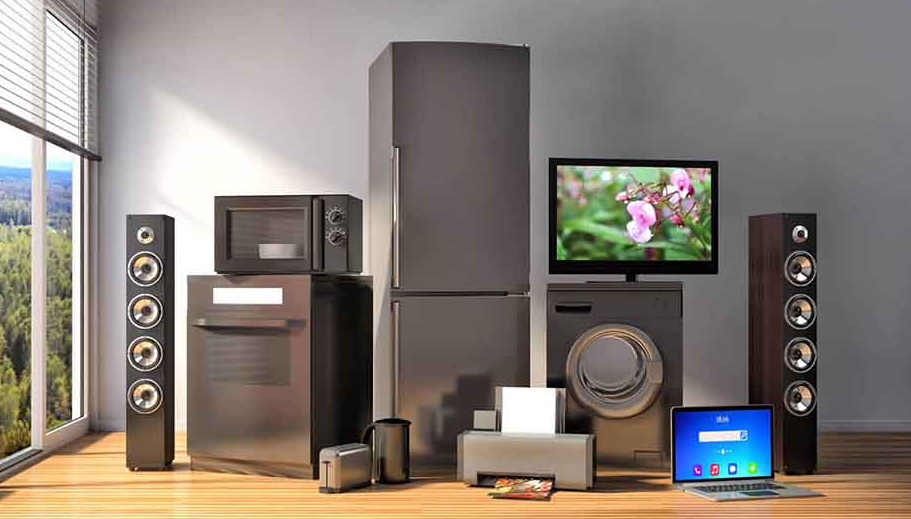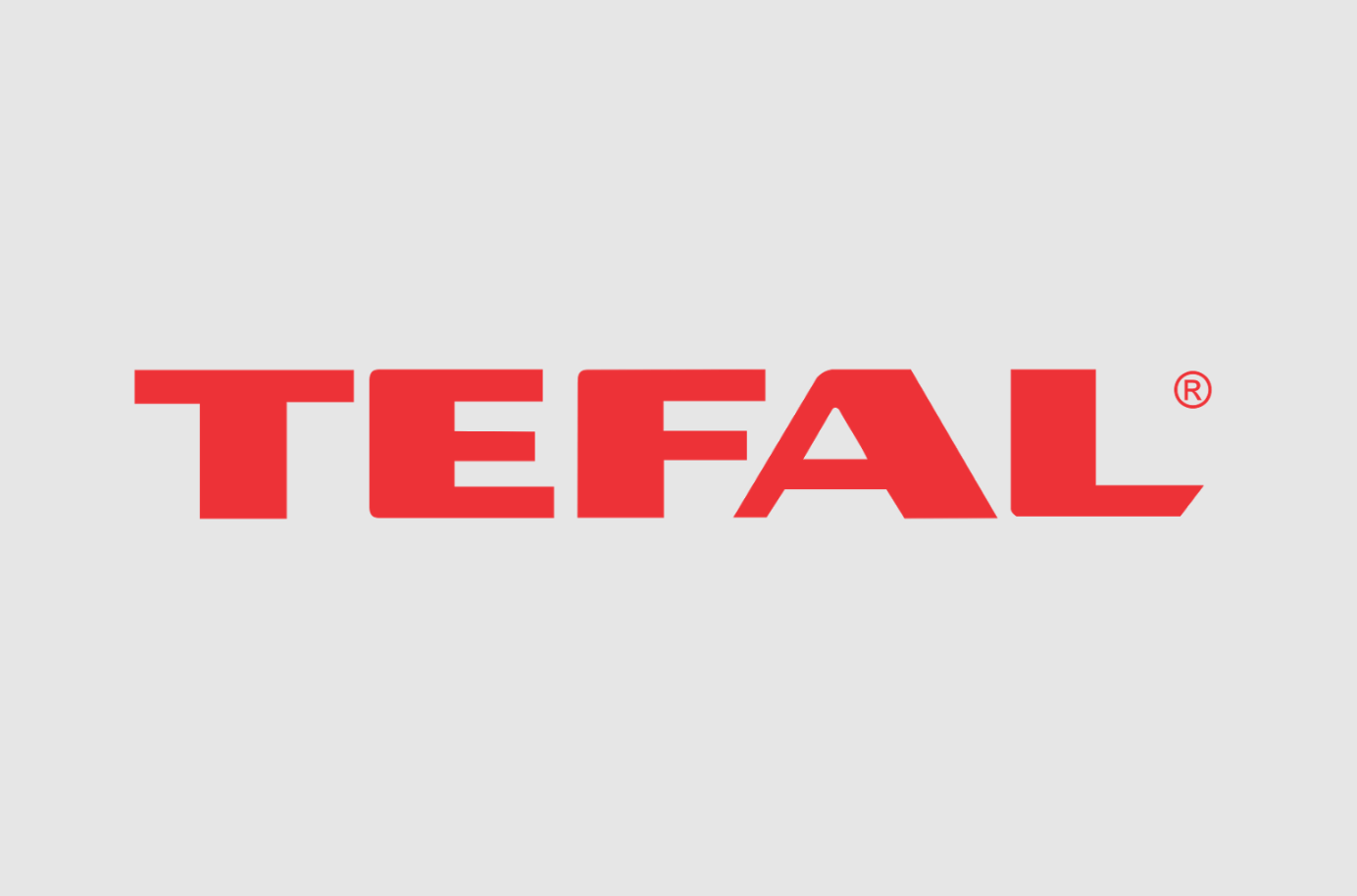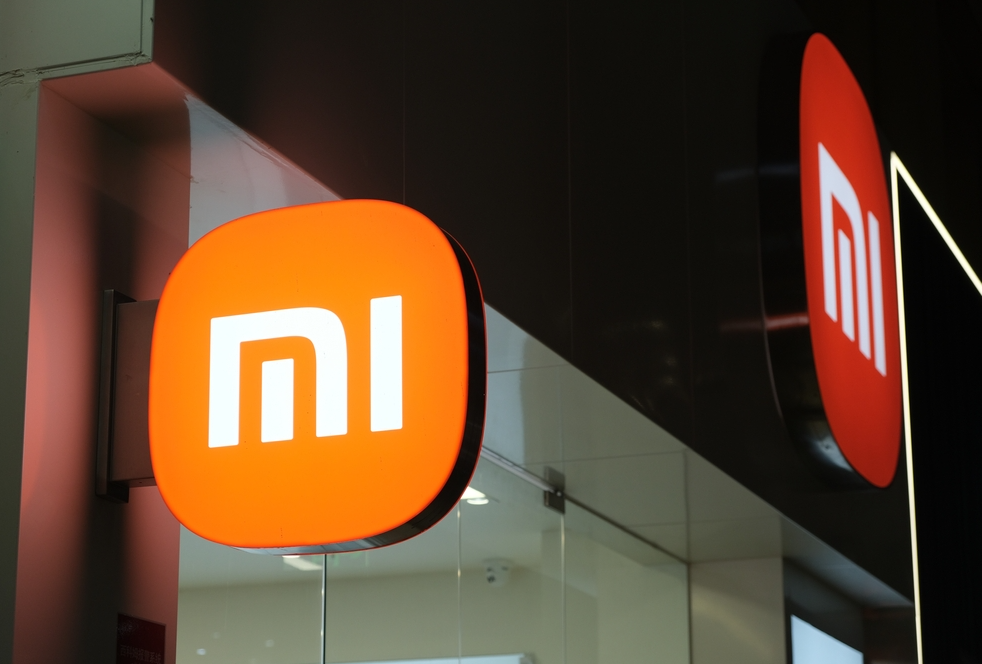Energy consumption is one of the most important aspects to consider when selecting and using household appliances. In today’s realities, especially given the increase in electricity prices and the need to conserve resources, understanding the power consumption of appliances becomes not just a matter of saving money, but also of environmental responsibility.
What is power consumption
Power consumption is the amount of electricity that an appliance consumes during its operation, measured in watts (W) or kilowatts (kW). For example, an appliance with a power of 1000 watts (or 1 kW) will consume 1 kilowatt hour (kWh) of energy during one hour of operation. This figure is used to calculate electricity consumption and, consequently, to generate light bills.
Main categories of household appliances and their power consumption
Electrical appliances in the home are an essential part of our daily lives. However, their use is associated with certain energy costs, which can be optimised by understanding which appliances consume the most.
How much electricity kitchen appliances use
The kitchen is traditionally one of the most “energy-consuming” areas in the house, as this is where most household appliances are located. Let’s take a closer look at the most popular appliances and their energy consumption.
- Electric kettle: This appliance is probably the most commonly used appliance in the kitchen. Kettles range in power from 1000 to 2200 watts, allowing them to boil water very quickly. Although their run time is relatively short – usually around 3 to 5 minutes per boil – frequent use of the kettle, especially in households that drink a lot of tea or coffee, can significantly increase the total electricity consumption. For example, if a kettle is used 5 times a day, its monthly consumption can be between 15 and 33 kWh.
- Microwave oven: The power consumption of a microwave oven varies from 700 to 1500 watts. It is designed to heat food quickly, and it takes an average of 5 to 10 minutes to use the microwave. Despite the short operating time, frequent use of this appliance, especially for cooking, defrosting or reheating food, can make a significant contribution to the overall energy balance of a home. For example, if a microwave oven is used twice a day, its monthly energy consumption can be between 20 and 60 kWh.
- Refrigerator: One of the few household appliances that operate around the clock. Modern refrigerators consume between 100 and 400 watts, depending on their size, volume and energy efficiency. An important factor is the energy efficiency class of the appliance: models with A+ class and above save a lot of energy. On average, a refrigerator can consume between 300 and 1,000 kWh per year, which accounts for a significant portion of total energy costs. A drop in ambient temperature or when the refrigerator is full can also affect its consumption.
- Washing machine: The power of washing machines ranges from 500 to 2000 W, with high-temperature programmes being the most energy-intensive. Modern A+++ models can reduce energy consumption through economical washing programmes and optimised water consumption. For example, washing at 30-40 degrees consumes less energy than washing at 60-90 degrees. If the washing machine is used 2-3 times a week, its monthly consumption can be between 40 and 120 kWh.
Energy consumption in climate control technology
Climate control equipment plays an important role in maintaining a comfortable microclimate in the home. However, devices such as air conditioners and heaters can significantly increase energy bills, especially during extreme weather conditions.
- Air conditioner: The capacity of air conditioners depends on the model, size and area of the room to be cooled or heated. Modern inverter air conditioners consume from 500 to 2000 watts, and they are more energy efficient than older models because they automatically adjust the power depending on the current conditions. In hot summers, an air conditioner can work 8-12 hours a day, which leads to significant energy consumption. For example, with an average consumption of 1.5 kW, running it for a month can consume about 360 kWh.
- Heaters: Electric heaters and fan heaters are also some of the most energy-intensive appliances in the home. They range in power from 1,000 to 3,000 watts. Heaters with temperature controls and timers can save energy by maintaining a set temperature only when you really need it. Infrared heaters are considered more efficient because they heat not the air, but objects and people in the room, which reduces the device’s operating time and energy consumption.
- Underfloor heating: These heating systems have become popular in recent years due to their comfort and even heat distribution. The output of underfloor heating varies from 100 to 300 W per square metre. The energy consumption depends on the surface area to be heated and the time the system is in operation. For example, to heat a room of 10 square metres with a power of 200 W per square metre, the floor heating system will consume about 2 kWh per hour of operation. With daily operation for 5-6 hours, the monthly consumption could be around 300-360 kWh.
How many kW are consumed by lighting
Proper lighting control is a simple and effective way to reduce your energy consumption. There are different types of lamps available on the market today, and choosing the right light sources can make a big difference to your energy bills.
- Incandescent bulbs: Traditional incandescent bulbs consume between 60 and 100 watts and have a low efficiency factor (efficiency) because most of the energy is lost to heat. Despite this, they can still be found in some homes, although their use is gradually declining in favour of more energy-efficient solutions.
- LED lamps: LED lamps are the most energy-efficient lighting option, consuming only 5-20 watts. Not only do they save energy, but they also have a long lifespan (up to 50,000 hours). Replacing all bulbs in a home with LED bulbs can reduce lighting costs by a factor of 10 and recoup the initial investment within a few years.
- Energy saving lamps (CFLs): Compact fluorescent lamps (CFLs) consume between 10 and 30 watts and also have a high lifespan. Although they are less efficient than LED bulbs, they remain a popular option for energy savings in homes where the switch to LEDs has not yet occurred. For example, replacing a single 100W incandescent bulb with a 15W CFL can reduce annual electricity consumption by 85 per cent.
What is the consumption of consumer electronics and computer
Modern homes are filled with various electronics, and while the wattage of each device may be small, their regular use can significantly increase energy bills.
- TV: Depending on the screen size and technology (LED, OLED, etc.), TVs consume between 50 and 200 watts. For example, a 55-inch LED TV consumes about 100 watts during normal viewing. With 4 hours of viewing per day, its monthly consumption will be about 12 kWh. Modern models with energy-saving features can reduce power consumption during long periods of viewing.
- Computers and Laptops: Desktop computers can range from 200 to 800 watts depending on the configuration. Laptops tend to consume less, between 50 and 150 watts. However, it is worth considering that computers are often left switched on for long periods of time, which increases their contribution to the total power consumption. For example, if a computer runs for 8 hours a day, its monthly consumption can be between 48 and 192 kWh.
- Gaming consoles: Modern gaming consoles can consume between 100 and 200 watts, making them quite power-hungry devices, especially when actively used. It is important to remember that consoles consume power even in standby mode, so it is recommended to switch them off completely when not in use.
Energy consumption of small household appliances
Small appliances, while they may seem like a minor source of energy consumption, when used frequently can also have a significant impact on your overall energy costs.
- Hairdryer: The hair dryer is one of the most powerful appliances in the home, its power can reach between 1,000 and 2,000 watts. However, the time it is used usually does not exceed 10-15 minutes per day, which limits its contribution to total consumption. For example, if a hairdryer is used for 15 minutes a day at 1500 W, its monthly consumption will be about 11 kWh.
- Hoover: Modern hoovers consume between 500 and 2000 watts, depending on the model and power. Regular cleaning, especially in carpeted homes, can result in significant energy costs. For example, if a hoover runs 1 hour a week at 1500 watts, its monthly consumption will be about 6 kWh. Energy efficient models with power control can reduce energy consumption.
- Iron: Irons are one of the most energy-consuming household appliances, consuming between 1000 and 2500 watts. The time they are used directly affects the total energy consumption. For example, if an iron is used 1 hour per week at 2000 W, its monthly consumption will be around 8 kWh. Optimising the ironing process, such as using the right temperature setting and ironing only the items you need, can help to reduce these costs.
Energy management: tips and advice
Assessment and planning of energy consumption
The first step to reducing your energy consumption is to assess your current condition. It is important to understand which appliances in your home are the most energy-intensive and how often they are used. To do this, you can use special energy meters that are connected between the appliance and the socket and show the actual energy consumption.
Optimising the use of electrical appliances
- Wise use: Switch off appliances that are not in use and do not leave appliances in standby mode. For example, a TV or computer in standby mode continues to consume electricity.
- Using timers and smart sockets: By installing timers on heaters, air conditioners or other appliances, you can automate their switching on and off, helping to avoid unnecessary energy consumption.
- Regular maintenance: Dust and dirt can impair the performance of appliances, which increases their energy consumption. Regular cleaning of air conditioner filters, changing light bulbs and proper maintenance of appliances will help keep their efficiency at a high level.
Use of energy efficient technologies
- Energy efficient appliances: When choosing new appliances, pay attention to the energy efficiency rating. For example, A+++ appliances may be more expensive to buy, but running them will significantly reduce your energy costs in the long term.
- Solar panels: For private homes, it is becoming increasingly important to install solar panels, which can cover all or part of the electricity needs. Despite the initial costs, this is a profitable investment in the long term, given the rising electricity prices.
The energy consumption of household appliances is an important aspect that affects our energy bills and ecological footprint. In an environment where energy resources require sustainable use and the cost of electricity continues to rise, it is important not only to be aware of the power consumption of each appliance, but also to manage it effectively. Following guidelines and utilising energy efficient technologies can help you reduce your costs and contribute to the environment.
Discover the world of home appliances with reBITme! Choose the products you like and don’t forget to activate your cashback. Let every purchase bring you joy and profit!





